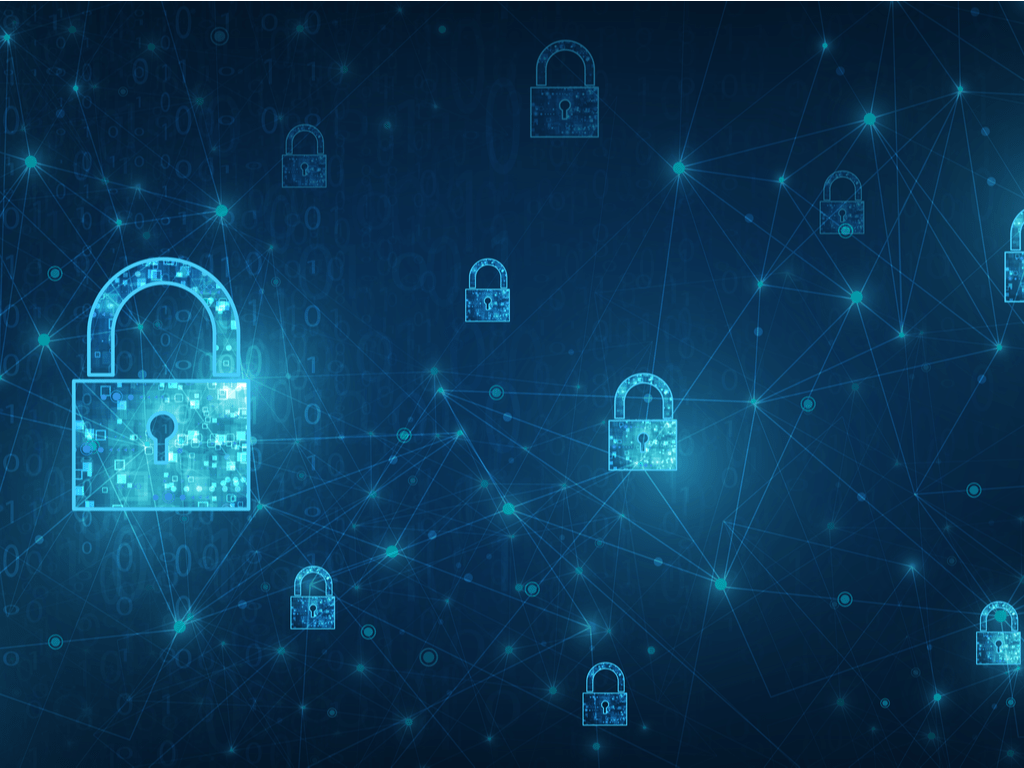How Can I Keep My IT Data Safe? (5 Tactics To Implement Now)
From consumers to businesses to governments, everyone wants to be assured that their digital information is protected from unauthorized access, corruption, or theft. But how do you stay a step ahead of cybercriminals who are determined to gain access?
We’ve helped hundreds of clients improve their digital security by implementing the five ideas in this article. We know managed IT isn’t right for everyone, but we still know how critical it is to protect your data.
Whether you become one of managed IT customers or not, I aim to give you all the information you can need to keep your data safe.
Throughout my 25 years in the IT industry, I’ve seen what can happen when a network is breached. As vice president of engineering services at Kelser Corporation, I’ve also seen the difference that simple changes can make to secure their data upfront.
In this article, we’ll walk through five ways to firm up your security footprint, ranging from simple actions anyone can take today to more complex network security enhancements that organizations can implement.
No matter the size of your IT infrastructure, this article will help you keep things safe.
5 Ways To Protect Your Data Starting Immediately
Whether you are looking to enhance the security of personal, organizational, or customer data, there are simple steps and more advanced steps you can take.
1. Passwords
By now, most people know that passwords are the easiest (and cheapest) way to strengthen your data security game.
But statistics show that the average person has up to 100 passwords, which can make it tempting to use the same, easy-to-remember password (or passwords) across multiple platforms. (Nearly 50 percent of respondents to a 2021 survey said they do just that!)
It has been widely reported that “123456” is the most commonly used password in the world, followed closely by “123456789” and “12345.” Other passwords in the top 10 include “qwerty”, “password” and “111111”.
An easy way to make your passwords harder to crack is by using a phrase that is easy to remember, combined with numbers and symbols, for a total of 8 or more characters.
And a password manager can do the work of remembering all of your passwords without writing them down (which more than 50 percent admit doing, according to recent survey reports).
2. Multi-Factor Authentication
Multi-factor authentication (MFA) is another layer of security that can be added to a traditional username and password. It doesn’t technically make your password stronger, but it provides an extra layer of identification to prevent unwanted access to your system.
Typically, MFA incorporates something you are (your username), something you know (your password), and something you have (your MFA “token”). That “token” could be a physical fob or virtual push notification that is sent to your phone.
Whatever form it takes, the MFA “token” provides one more way to authenticate and prove the identity of the user. The added layer of security keeps things relatively simple for users, but makes a significant difference in the level of your security, and ensures that you know who is accessing your data.
If someone gets access to your login credentials and password, they would need that additional code to gain access. That token could be a code on your phone, it could be a text message that you get, it could be a physical token that is supplied to you.
3. Firewalls
For organizations looking to protect organizational and customer data, a strong firewall can be a valuable deterrent against cyber threats.
There are numerous options available depending on the specific needs of your organization. If you need help choosing or installing the right firewall for your situation, your IT staff, an outside provider, or an MSP can help.
Some of the things that affect which firewall best meets your needs include projected business growth, throughput needs, number of remote users, and number of facility sites.
Many firewalls can also be configured to meet specific regulatory or cybersecurity requirements.
4. Monitoring & Patching
Whether you need to protect your home wi-fi network or a large IT infrastructure, make sure you monitor for threats and that you install the latest patches to update critical security and performance issues.
On personal devices, be sure to install and run anti-virus and anti-malware software to periodically check integrity and safety. Some computers come with antivirus software installed. If yours doesn’t, there are free options and others available for purchase.
At the network level, a variety of next-generation available firewalls can be implemented to do the job.
Staying ahead of threats is essential to protecting your IT environment.
5. Cybersecurity Awareness Training
Whether you are an individual or an employee working for a large organization, the importance of cybersecurity awareness remains the same.
If you aren’t aware of the threats out there, how can you protect yourself or your organization from them?
Think of it this way: Most people lock their cars regularly. But, if you know there has been a rash of car break-ins in your neighborhood, you might double-check that you’ve locked the car doors, you have your fob (if you use one), there is no money visible, and you take all of your valuables with you.
This added awareness and a few simple additional security steps will make your car a more difficult target for thieves. The same concept applies to cybersecurity: when you know the risks, you prepare differently.
To learn about phishing, social engineering, or other forms of cybercrime, you can find a variety of cybersecurity awareness training and tools online for free or at a minimal cost.
What’s Next? Deciding The Best Way To Keep Your IT Data Safe
Now that you have options, you can make an informed decision about the data safety solution that’s best for you. With a combination of enhanced passwords, MFA, firewalls, monitoring and patching, and cybersecurity awareness training, you’ll achieve a safer and more secure infrastructure for your home or organization.
You also have resources and options to consider if you need help with some or all of these things, including hiring staff, working with a break/fix provider, or partnering with an MSP.
As we’ve said, our job is to provide information that guides you in making an informed decision. Read this article for an overview of costs, services, and more: Managed Services: Top Questions From Customers.
Kelser has been providing comprehensive IT solutions for customers for over 40 years. To talk with us about your specific needs, fill out this form and one of our IT professionals will reach out to you.




